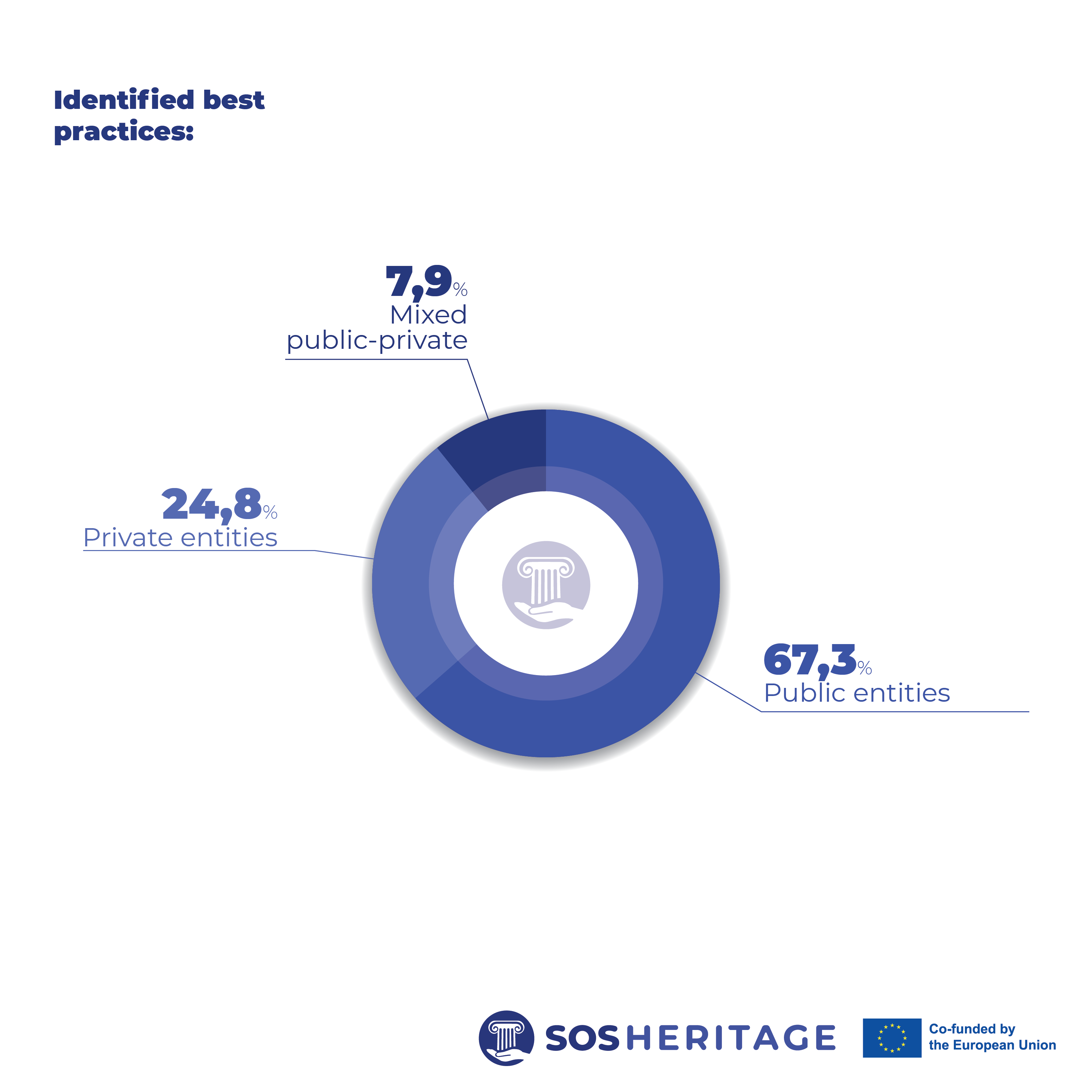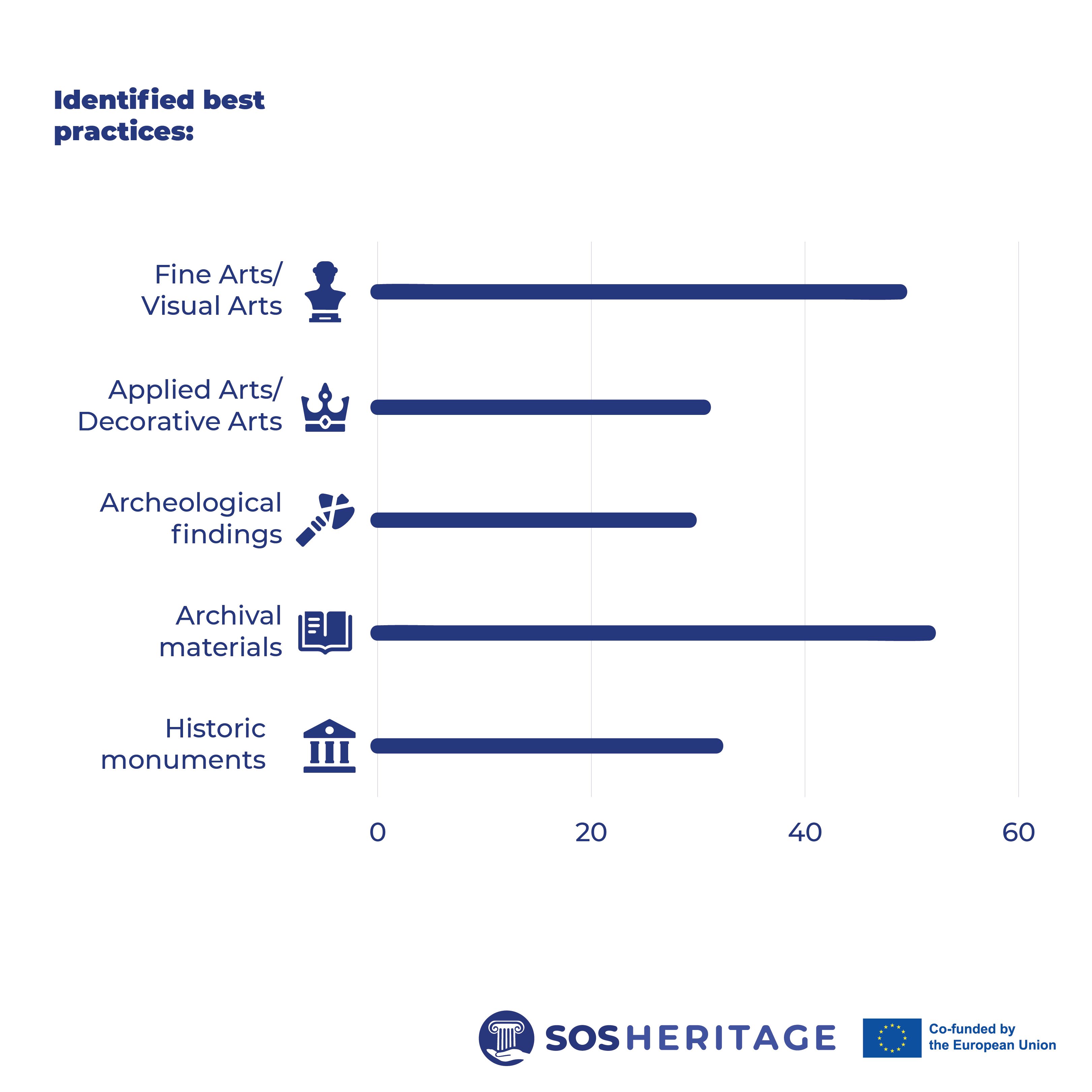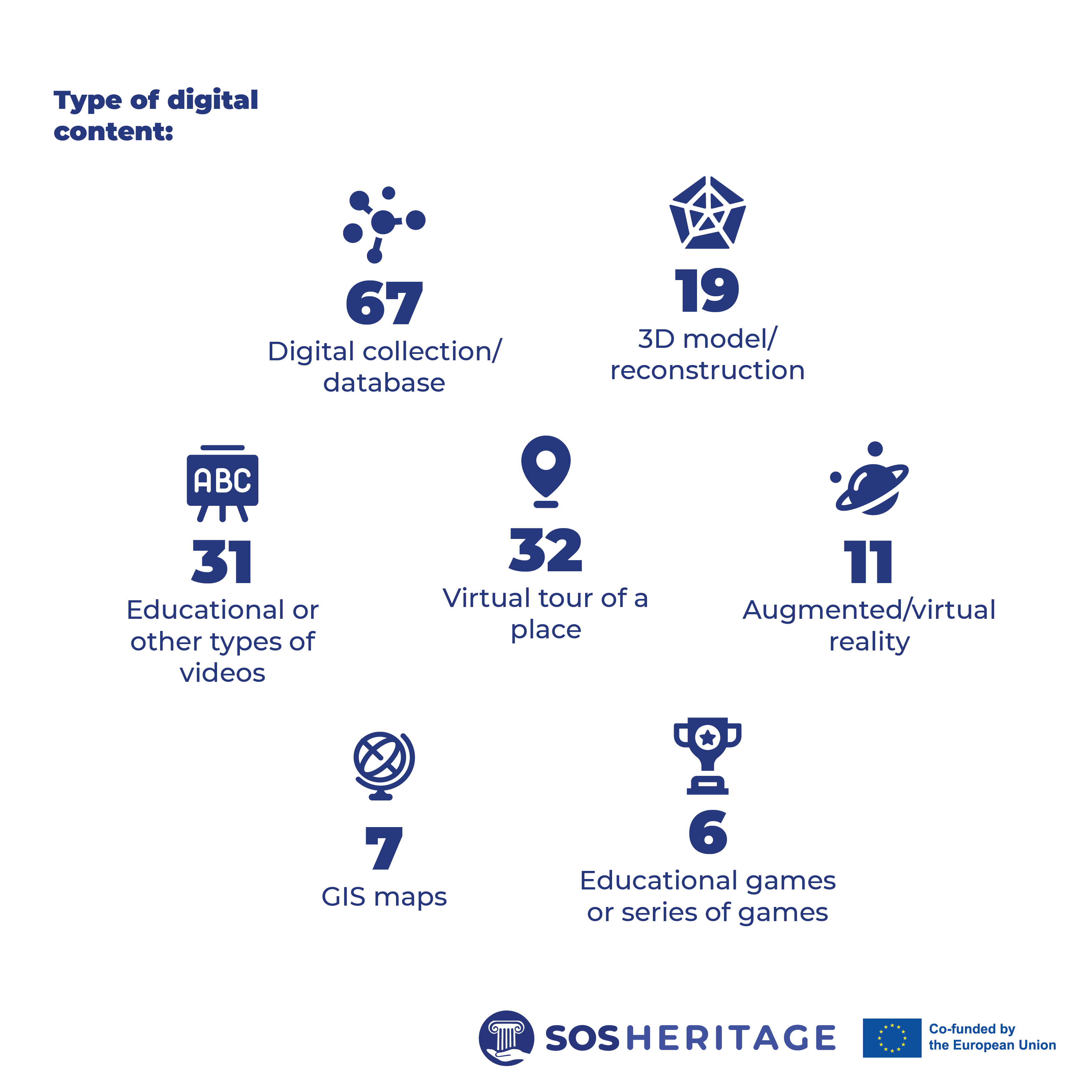Handbook of good practices for digitalisation and promotion of cultural heritage
A research on best practices for the digitization of cultural heritage
The present Handbook is the first step of the work package, identifying and sharing practices of digital content creation and communication that were deemed to be good or even best examples, through a desk research conducted by all partners. The desk research had several goals and objectives, among which: identifying already existing good practices and innovative approaches, identifying challenges, as well as providing sources of inspiration for the partners’ own digitisation initiatives, the pilot projects that will constitute step two of WP3.

The Transylvania Trust Foundation is the responsible partner for this work package.
The Transilvania Trust is a registered charity, set up by conservation professionals and volunteers in 1996. Our principal aim is to conserve and promote Transylvania’s rich and diverse built heritage, and to encourage society to be receptive towards the built environment. Thus, our activities include or have included: data recording, inventory, survey, building restoration, maintenance, training and also scientific research.
Cultural operators have by now come to a unanimous opinion regarding the urgent need for a digital transition capable not only of making the historical and artistic heritage usable at a distance, but also and above all of achieving the objective of preparing cultural heritage to face the challenges of the future by exploiting the opportunities that new technologies offer. Digital has suddenly and irreversibly transformed not only the processes of production and storage of artistic material created from scratch but also the methods of conservation and enhancement of historical materials.
Massimo Cruciotti, head of Mazzini Lab Srl Benefit, says: “Our task is to commit ourselves every day to revolutionizing our cultural management practices to seek concrete solutions to the new challenges that our community must face.”.

The findings of the research
As the partners considered mostly examples from their own regions and areas of expertise, the results of the desk research are unable to claim general validity, and, indeed, the aim was not necessarily to have findings that are universal. Instead, the focus was oriented more towards those digitisation projects that would serve as good examples and sources of inspiration for various future projects and initiatives, as well as for the pilot projects that will be implemented within the SOS Heritage. Still, some of the findings might be of interest to those that would like to have further information regarding the digitisation of heritage, especially in the European region.

Geographically, due to the partnership’s focus, almost every example of good practice is from Europe. Most examples (36) come from Italy, followed by Serbia (23) and Austria (18). The rest of the examples are from Hungary (8), Romania (5), France, Vatican City, Slovakia, Poland (2 each), as well as Germany and the United Kingdom (1 each), with 2 examples from the United States (in fact the work of one company, within two distinct projects).

In terms of the institutions that created the digital content, most were public institutions (67), as opposed to private (25) or mixed (8) entities.

Within most heritage digitisation projects, the collections or groups of items/holdings subjected to the digitisation process belonged to several heritage categories as, for example, a museum can hold various objects from paintings to small finds, from weapons to industrial design objects. Thus, within the desk research, the various targeted heritage categories are featured as described in the image above.

Regarding the types of digital content, given that one single project can include several types of digital content that many times complement each other in terms of what they offer, digital collections/databases are the most prominent (67), followed by virtual tours (32) and video content (31). Newer technologies, such as 3D models/reconstructions (19) and AR/VR (11) are featured less prominently, while educational games are a relatively new trend (6) that will certainly be more prevalent in the future.